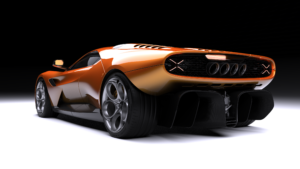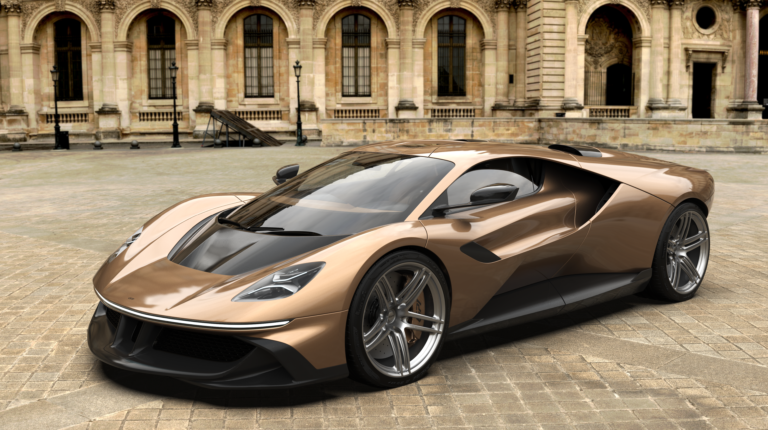The Garagisti GP1 has been revealed for the first time in detailed renderings, and the company has announced that the car is in the advanced stages of engineering and production.
At its core, the GP1 features a new bespoke 6.6-liter naturally aspirated V12, developed by Italtecnica, delivering 800hp at 9,000rpm and more than 700Nm of torque. Power is sent to the rear wheels through a longitudinally mounted 6-speed Xtrac manual gearbox.
An unlikely coalition
Garagisti is a coalition of companies that specialize in different fields. Italtecnica handles engine development and calibration, Dexet Technologies leads chassis, monocoque and aerodynamic engineering, and designer Angel Guerra shapes the exterior and interior. Complementing these core partners, Brembo, Öhlins and other motorsport suppliers contribute competition-grade components, bringing track-level performance to the road.
“Our vision for Garagisti was born from a simple question,” said Mario Escudero, a co-founder of Garagisti. “What if the golden age of analog supercars never ended? What if icons like the Countach Evoluzione had sparked a lineage rather than a dead-end? What would the great cars of the 1980s, 1990s and early 2000s look like today if they’d evolved with new technology but kept their analog soul? We brought together some of the best minds in the world and answered that question with our hands, our hearts and our passion. The GP1 is our answer.”

Sensual meets functional
The GP1’s upper surfaces blend cues from the golden age of wedge design. Although it was created on a blank piece of paper by Guerra, formerly of Bugatti and Rimac, many car enthusiasts will notice the various inspiration points.
Beneath the design-focused exterior, the vehicle incorporates advanced engineering and motorsport-grade aerodynamics. Intelligent packaging enables the integration of some of the largest rear diffusers ever fitted to a road car, contributing to genuine ground-effect performance.
Inside
The GP1’s interior features a twin-cockpit layout intended to minimize distractions, with ventilation integrated into the design, and controls positioned for ease of use. According to Garagisti, the design brief given to Guerra emphasized avoiding oversized screens and unnecessary features, focusing instead on a direct connection between driver, vehicle and road.
In related news, to coincide with the Aurora’s appearance at Monterey Car Week in California, Zenvo Automotive released the latest episode in its behind-the-scenes docuseries, which examines the development of the vehicle’s Mjølner powertrain


